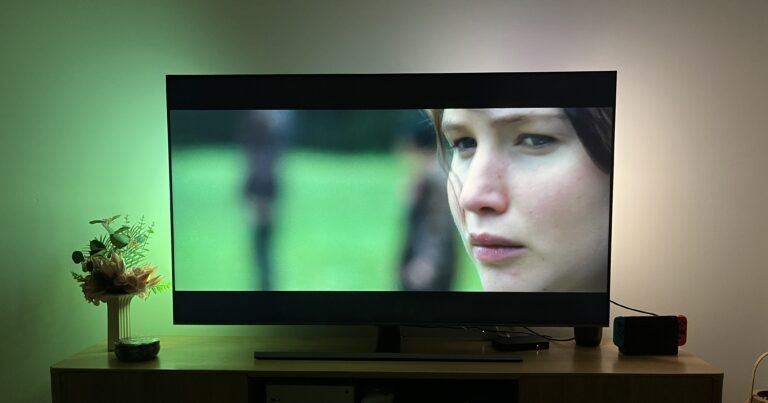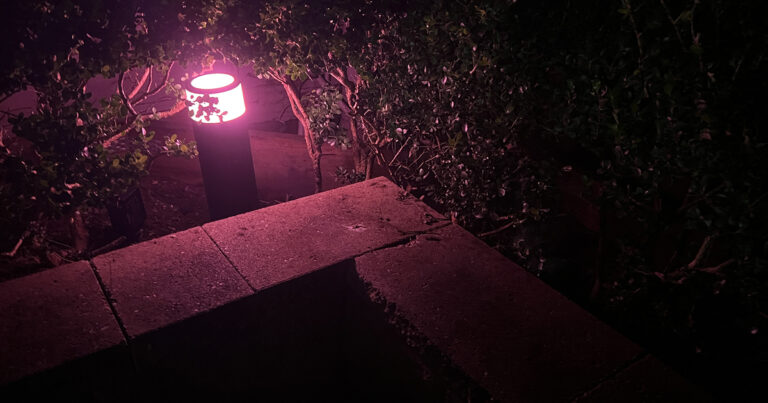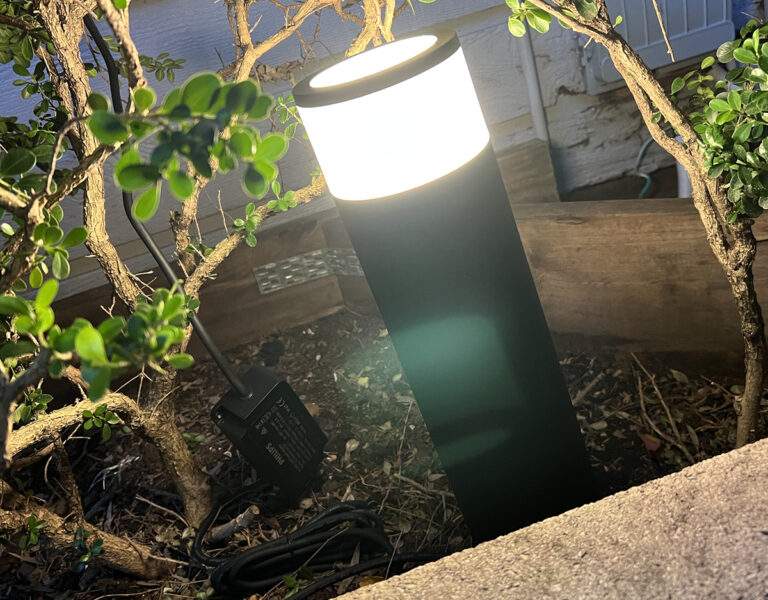Optus Mobile Review ALDI Mobile Review Amaysim Mobile Review Belong Mobile Review Circles.Life Review Vodafone Mobile Review Woolworths Mobile Review Felix Mobile Review Best iPhone Plans Best Family Mobile Plans Best Budget Smartphones Best Prepaid Plans Best SIM-Only Plans Best Plans For Kids And Teens Best Cheap Mobile Plans Telstra vs Optus Mobile Optus NBN Review Belong NBN Review Vodafone NBN Review Superloop NBN Review Aussie BB NBN Review iiNet NBN Review MyRepublic NBN Review TPG NBN Review Best NBN Satellite Plans Best NBN Alternatives Best NBN Providers Best Home Wireless Plans What is a Good NBN Speed? Test NBN Speed How to speed up your internet Optus vs Telstra Broadband ExpressVPN Review CyberGhost VPN Review NordVPN Review PureVPN Review Norton Secure VPN Review IPVanish VPN Review Windscribe VPN Review Hotspot Shield VPN Review Best cheap VPN services Best VPN for streaming Best VPNs for gaming What is a VPN? VPNs for ad-blocking Your first Calla will set you back $239.95 (RRP) for a base unit. If you want more than one, each additional light will set you back a further $174.95. In both cases, that’s a significant premium over a typical “dumb” outdoor pedestal lamp, which you can get for around $100. And you also need to factor in the cost of a Hue bridge if you’re not already part of the ecosystem. That’s a further $99. If you’re to kit out your entire yard with Hue lights, it’s not going to be an affordable endeavour. The problem is outdoor smart lighting is really hard to find. Philips is the only major manufacturer of outdoor smart lights with products available in Australia, so there’s no one forcing the brand to compete on price. If you want to pretty up your garden with colour-changing bulbs or even just add some smarts with lights that turn on automatically, the Hue range is your only choice. And look, the Calla is a well-made product. It feels rugged and stable enough, it’s rated IP65 for water resistance so rain isn’t an issue, and you can daisy chain additional units to converse precious outdoor power points. Most importantly, connectivity has been flawless. Although in larger homes, you may need to reposition your Hue Bridge so that it reaches your yard. The Calla also integrates with every major smart home platform, and the Philips Hue app is quite polished if you’re not part of a broader ecosystem. In addition to setting colour and brightness on the Calla, the Hue app can also be used to create automations. You can have the Calla turn on automatically at sunset and off sunrise, for example. And naturally, the Calla also works well with other Hue ecosystem products like the Motion Sensor. Other than an expensive price tag, my only issue with the Calla is that it’s not the brightest of lights. It’s only 590 lumens, so it’s more so adding ambience rather than acting as a main source of outdoor lighting - at least as a signal pedestal. In some ways, smart lighting feels better suited to outdoor use. At least, colourful smart lighting. My indoor smart bulbs are rarely anything other than a shade of white. Outdoors, I’m far more inclined to try and create a vibe with interesting colours. My Calla is pink right now, to go the lawn flamingos living in the hedge. It’s super cute. And look, part of me wants to buy two more Callas to build out the aesthetic. It wouldn’t be the most rational purchase, but at the same time, it’s not like there are more affordable options for achieving the same look. Whether the Philips Hue Calla is worth it really comes down to how much you care about your outdoor lighting. At the least, it’s a well-made, reliable product.


